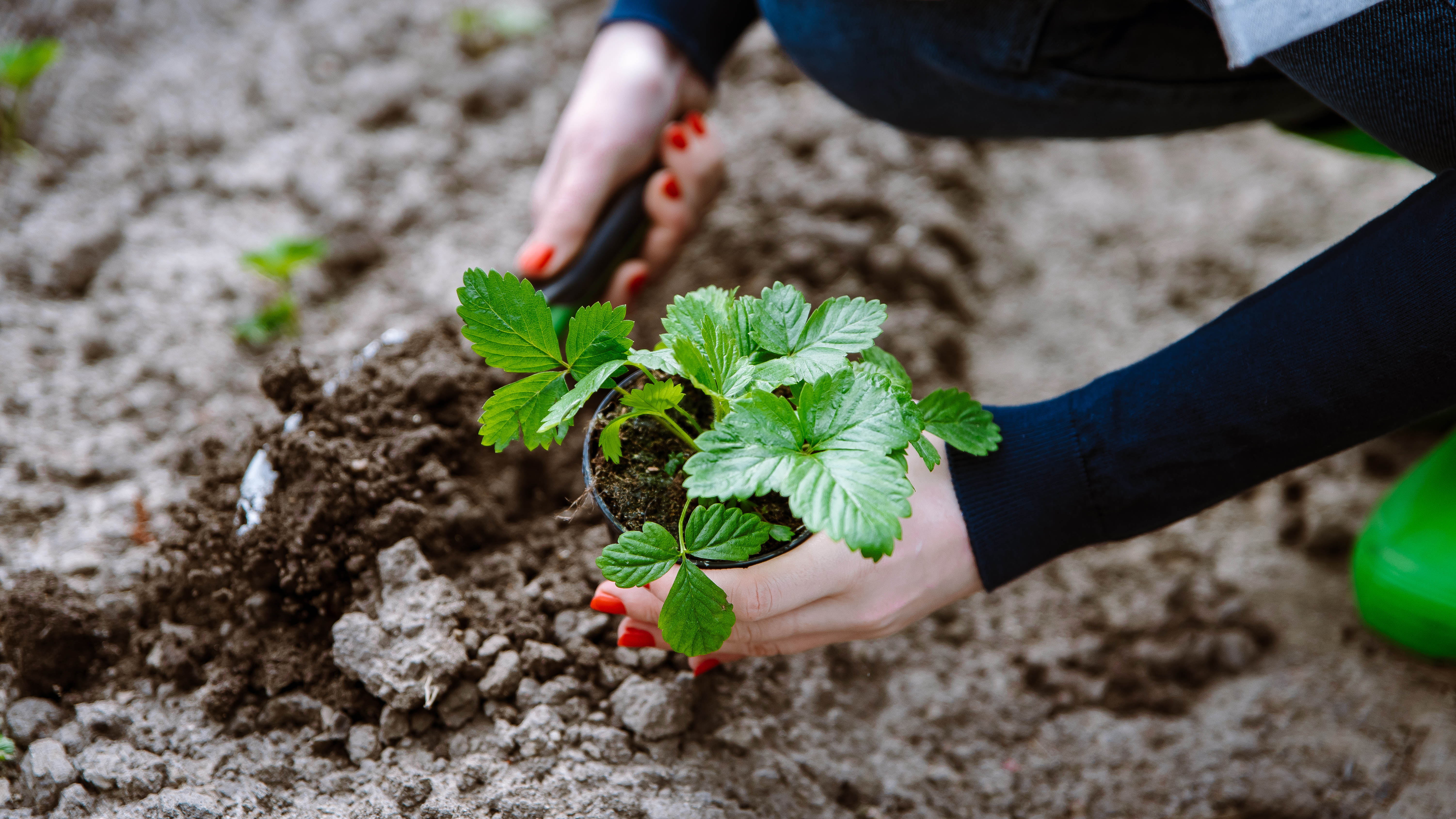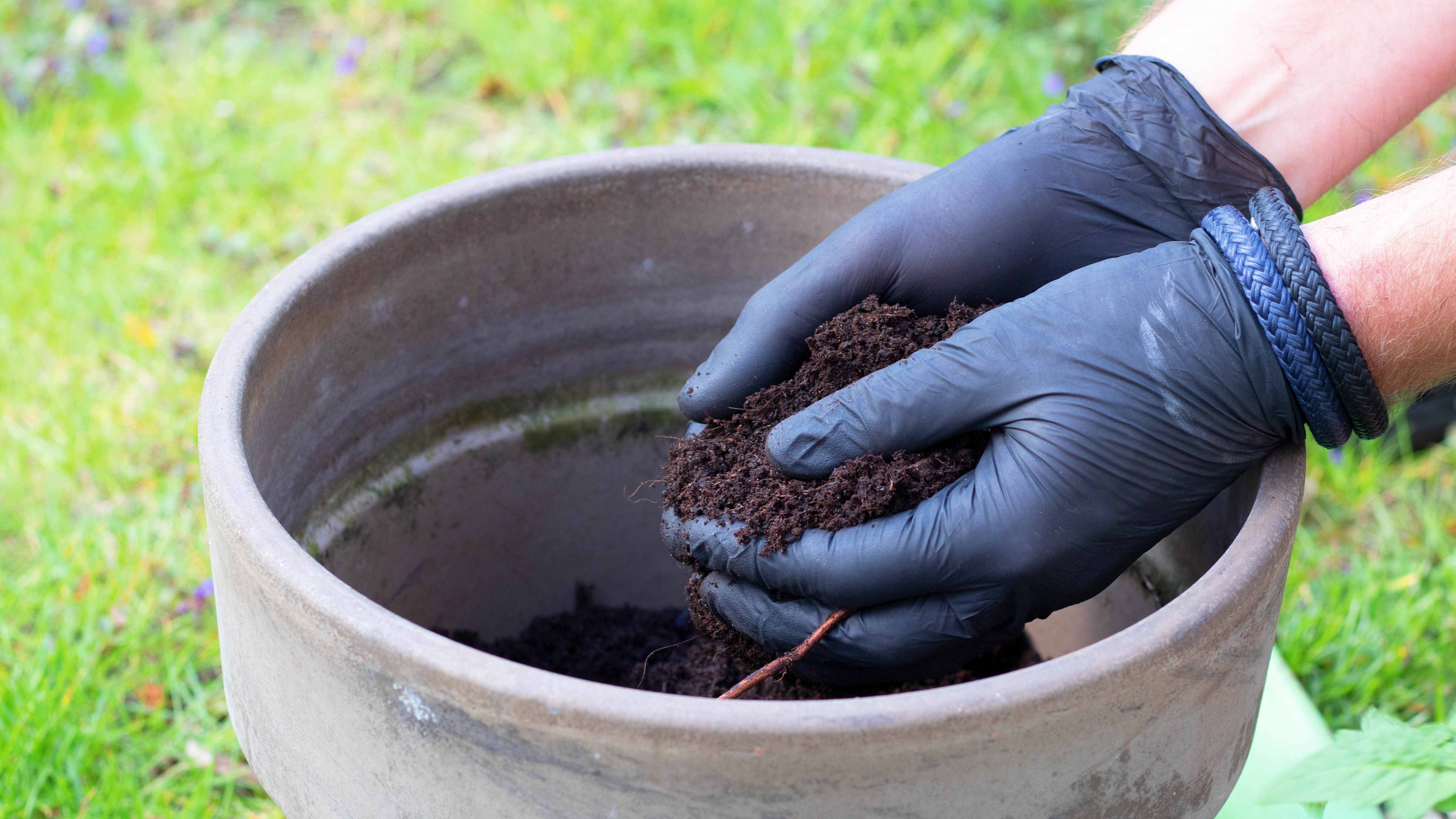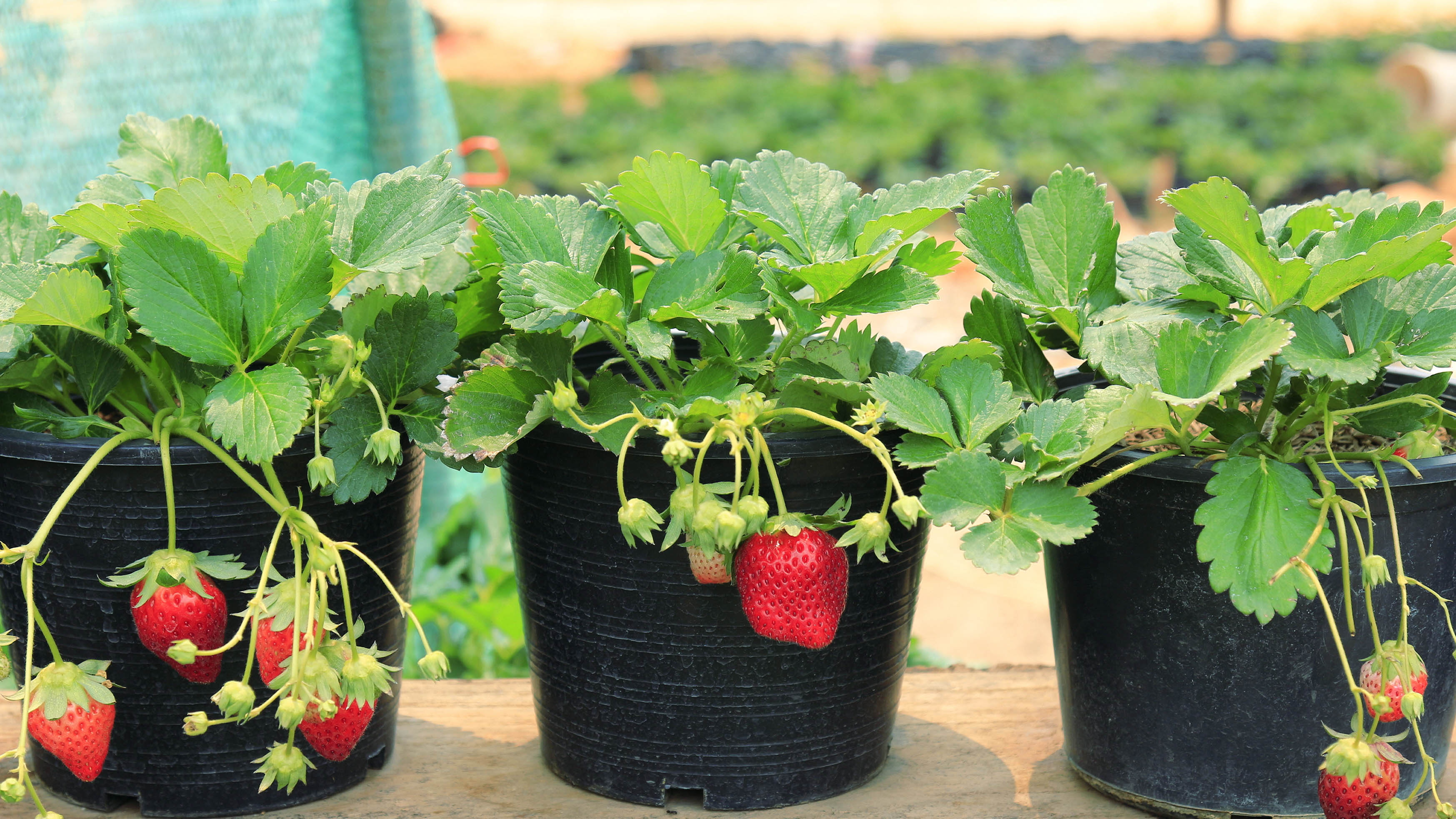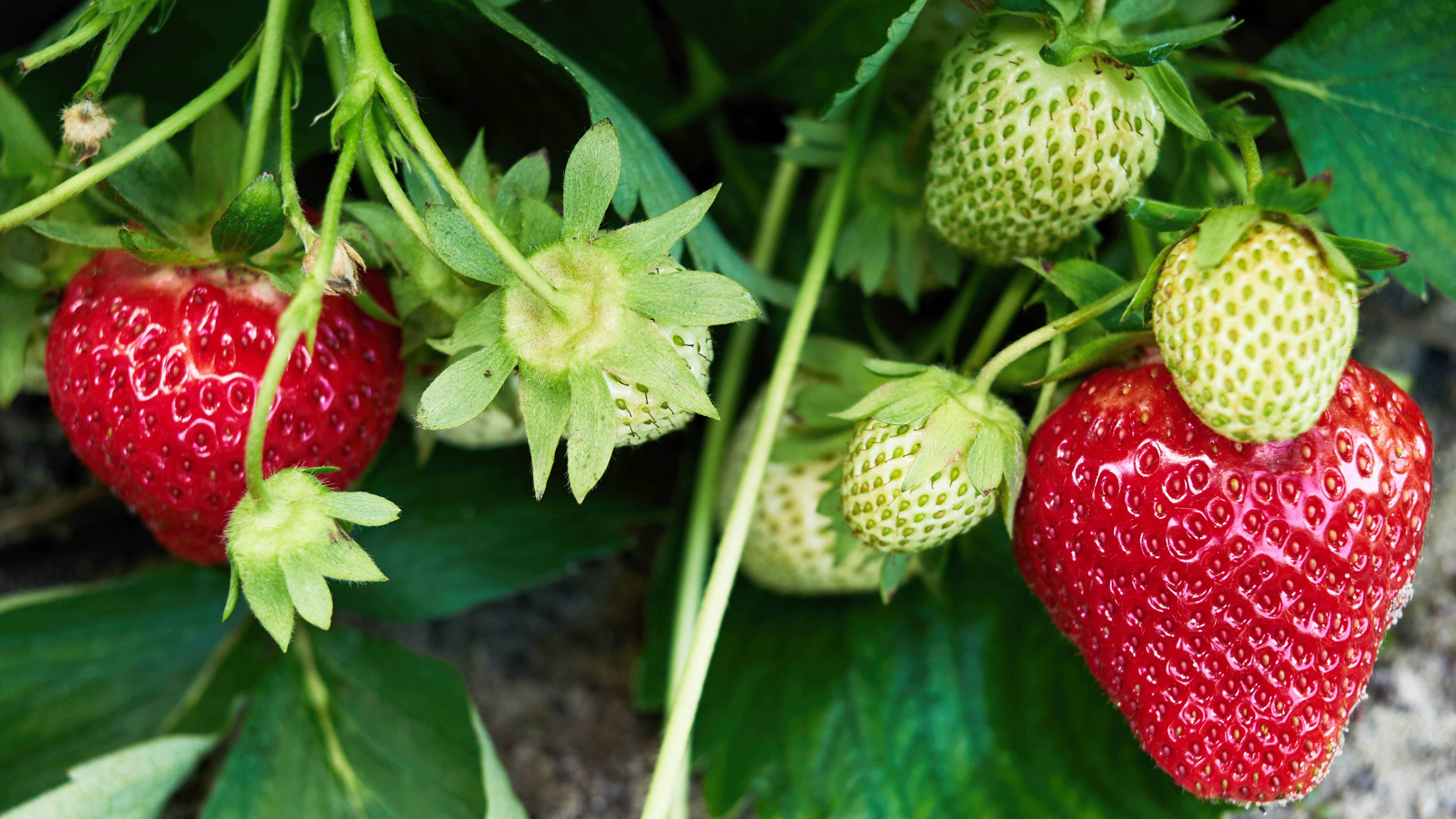How to grow strawberries — 4 simple steps
Here’s how to grow strawberries for a juicy, summer feast

Nothing beats the taste of fresh strawberries, especially in the summer. If you want instant pickings to enjoy, you can learn how to grow strawberries at home. In fact, the best strawberries are homegrown, as they have a rich flavor and sweetness that simply cannot compare to supermarket counterparts. Plus, once you know how to grow strawberries, you can save money on grocery bills in the long-run.
Strawberries are fairly easy to grow, and the best time to plant is spring or fall, depending on your growing zone. They can be planted directly into the ground, raised garden beds, pots or even in hanging baskets. This makes it the perfect fruit to grow on balconies or small, outdoor spaces. Best of all, you'll have a constant supply of ready-to-pick strawberries for those refreshing treats.
So whether it’s in the garden, bed or in a pot, here’s how to grow strawberries in four easy steps for a juicy, summer harvest.
If you prefer homegrown foods, check out how to grow tomatoes in pots and how to plant potatoes for tasty meals. If birds won't leave your strawberries alone, be sure to also check out 7 ways to keep birds from ruining your plants.
How to grow strawberries in the garden
1. Pick your strawberry plant

While you can grow strawberries from seed, most people opt for buying a small pot plant or runners from the local garden center or nursery. Pot-grown plants are young, established strawberries, while runners are seedlings with long roots that are taken from strawberry plants. These tend to be the cheaper option, however, they can take a little longer to grow and harvest.
If you want one, large summer harvest, it’s recommended to buy a June-bearing plant to give you the most strawberries. But if you want small harvests throughout the year, it’s best to buy an ever-bearing plant that will produce fruit during spring and autumn.
2. Chose a sunny location in your garden

Next, find a sunny location outdoors. Strawberries need 6 to 10 hours of direct sunlight, so pick a sunny, well-draining spot outdoors. Ideally, the soil should have a pH between 5.5 and 6.5 for a healthy harvest. If the pH is too low, it’s recommended to mix lime or small amounts of dolomitic limestone into the soil. And if the pH is too high, add sulfur or peat moss into the soil. If unsure, you can always use a soil testing kit like this SONKIR Soil pH Meter ($12, Amazon).
Get instant access to breaking news, the hottest reviews, great deals and helpful tips.
TIP: Never plant strawberries in a patch where you have grown tomatoes, potatoes, peppers or eggplants in the past four years. These may spread fungus to your plants.
3. Plant the strawberries

Next, use a trowel to dig a hole in the soil that is deep and wide enough for the roots. This should ideally be between 4 to 8 inches deep, depending on how long the runner roots are.
If the plant is in a pot, use the pot as a guideline for how deep the hole should be. Carefully remove the strawberry plant from the pot, and place the roots in the soil. Cover the roots with soil to cover the tops, and water immediately. The crown (or thick green stem) should stay above the soil.
4. Space the plants

When planting in a dedicated patch of soil or raised bed, plant each strawberry 20 inches away from each other. If you have more than one row of strawberry plants, leave 4 feet of space between the rows to ensure the plants have plenty of room to grow.
How to grow strawberries in a pot/container
1. Choose the right pot with drainage

First, find a large pot or container with a diameter of about 16 to 18 inches to allow enough room for the plant to grow. Ensure there are holes at the bottom of the pot for the soil to drain properly. Then, fill one third of the pot with broken pottery or small rocks to help with drainage.
2. Fill pot with soil

3. Transplant the strawberry into the pot

Gently remove the strawberry from its original container by loosening the soil around the roots with your fingers. Place the plant into the hole in the pot before covering the tops of the roots with soil.
This should leave the crown of the plant above the soil. If you have a large pot or planter for multiple plants, space the strawberries out about 10 to 12 inches apart.
4. Water and place in sunny spot

Water plants well, and place them in a sunny spot. Strawberries need 6 to 10 hours of sunlight a day, so put your pots out on a porch, backyard or on a balcony where they can get enough sunshine. When it gets cooler, you can bring the pots inside, as long as they are near a sunny windowsill. In addition, strawberries should be watered regularly, with about 1 inch of water each week.
TIP: Just water the base of the plant only, and not the fruit and leaves as this could cause fungus to develop.
When are strawberries ready to pick?

When most of the strawberry has turned red, it means it’s ripe and ready to pick. Carefully twist the stem to pick off, and ensure to wash in cool water before eating.
Avoid leaving ripe berries on the vine, as they will spoil quickly. And voila, by summer, you should have a bowl of juicy, fresh strawberries to enjoy!
Next: You can also learn how to cut a watermelon to enjoy a tasty and quick summer snack.
If you're also interested in indoor plants, check out our guides on how to care for succulents, how to repot succulents and how to plant grass seed and get a greener yard. We also cover how to care for air plants. If you have favorite plants that are wilting, check out our top tips on how to save a dying plant.

As the Homes Content Editor, Cynthia Lawrence covers all things homes, interior decorating, and garden-related. She has a wealth of editorial experience testing the latest, ‘must-have’ home appliances, writing buying guides and the handy ‘how to’ features.
Her work has been published in various titles including, T3, Top Ten Reviews, Ideal Home, Real Homes, Livingetc. and House Beautiful, amongst many.
With a rather unhealthy obsession for all things homes and interiors, she also has an interior design blog for style inspiration and savvy storage solutions (get rid of that clutter!). When she’s not testing cool products, she’ll be searching online for more decor ideas to spruce up her family home or looking for a great bargain!
